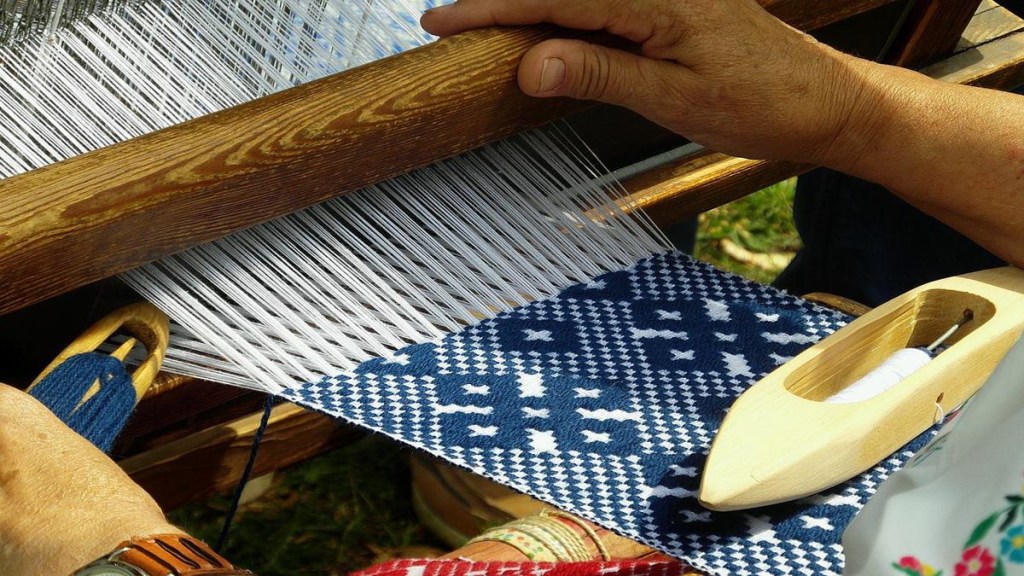By Tamal Sarkar
Skill, Labour, Talent for MSMEs: There are around seven million artisans in our country, fifty-seven per cent being women. That is a huge coverage, considering that twenty percent of the countries of the world, have population lesser than this. These artisans are found in around three thousand plus artisanal clusters, mostly concentrated in states like Uttar Pradesh, Odisha, West Bengal, Madhya Pradesh, Chhattisgarh, Rajasthan, Gujarat, the North Eastern States, etc.
There was a time when the village economies, housing the artisans, were largely self-sufficient and the current range of “artisanal” products were then mostly “essentials” – cloth, utensils, footwear, etc. designed to meet the local socio-economic needs. Things changed as the local economy got overpowered by cheaper, more durable, but often less sustainable factory products and the market phenomenon, opened-up the economies. As a result, artisan products have undergone a paradigm shift during the last fifty years in terms of the job description and returns, of the various nodes of its value chain.
Also Read: PM Modi: Vishwakarma Yojana to help train small artisans, connect them with MSMEs
With the shift, “artisanal” products gained enhanced popularity, as the demand for these products shifted from local to the global market. Simultaneously and most importantly, the taste and preferences and the designs which was framed from within the clusters and for the local economy, was replaced naturally, by global choices. As a result, designs which now often command over fifty per cent of value addition, shifted from the artisans to new age entrepreneurs and professionals and the artisans were basically left with returns in the form of speciality labour charges. As a result, there is to some extent a loss of pride in being associated with the art form, leading to younger generations being often averse to take it up as a profession.
Also, as popularity and demand of ‘artisanal’ products increased, surplus labour shifted here from agricultural sector, pushing down the wages and often also the quality. Hence from a stable working environment, that necessitated a healthy eight hours of work a day, labour hours got pushed upwards to compensate the rising demand along with falling wage. But the infrastructure at their workshops or home spaces was not geared for this change.
So, with long hours, working in evenings with low illumination, faster production, and usage of unhealthy raw materials to meet the fast-rising demands, challenges of occupational health and safety (OHS) made a headway and a strong one – often taking toll, among others, in the form of eye sights, body aches, injuries and other sector-specific medical challenges. The burden got heavier with aging, as the elderly has now to compete with the natural endurance of the younger generation for getting the daily earnings.
Also Read: How technology is paving the way for India’s rural manufacturing to go global
Several programmes now are supporting the artisans with various insurance products. But these are post-facto. A priori, the challenges can be met in at least three ways.
Firstly, we need to make the users aware of responsible consumption. So, creating an OHS mark of artisanal products or propelling any other related effort to include or pursue OHS issues, will be beneficial. It will increase price, but that is a sacrifice that consumers need to make if they want artisan culture alive in the long run. Also, we need to give back the lost glory of “design creator” to the artisans. Here, secondly, we need to subsidise participation of artisans in design schools to mainstream designing back to the clusters and thirdly we need to upgrade the dignity of being an artisan, by recognising artisan knowledge, as crucial a knowledge in any other discipline, and propelling graduates, post graduates and doctorates in this science-arts combination, through formal education.
Dr Tamal Sarkar is the Senior Adviser at Foundation for MSME Clusters. Views expressed are the author’s own.

